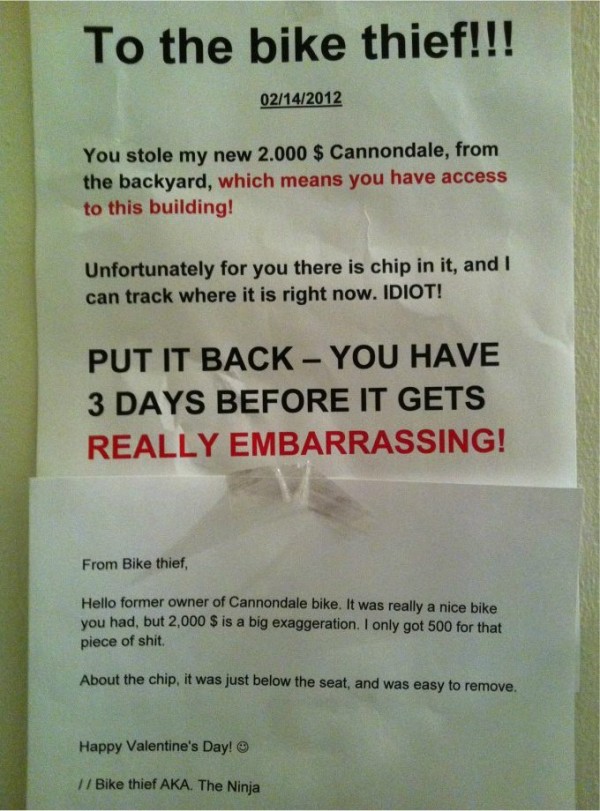 The kind of bike lock you have is an integral part of keeping your bike safe. No matter what sort of biker you are or where you park your bike, it’s always a good idea to have a bike lock handy. However, the cheapest bike locks, while technically a lock, are easy to pick and rarely protect your tires from being stolen from the frame. Here’s a few things you should know about what you may need in a bike lock.
The kind of bike lock you have is an integral part of keeping your bike safe. No matter what sort of biker you are or where you park your bike, it’s always a good idea to have a bike lock handy. However, the cheapest bike locks, while technically a lock, are easy to pick and rarely protect your tires from being stolen from the frame. Here’s a few things you should know about what you may need in a bike lock.
The Types Of Bike Locks
There are several different types of bike locks that have different functions. Some of them of them are designed to secure the frame to a stationary object while others simply disengage the wheels. The most common types of bike locks you’ll see are:
- U-locks: usually used to attach the front wheel and frame to an object
- Chain: can attach both wheels and the frame to an object
- Cable: used to secure the wheels while a U-lock secures the frame
- Locking Skewers: protects individual parts of the bike
Using multiple kinds of locks, while seemingly excessive, dramatically decreases the risk of theft. If you leave your bike outside for long periods of time, especially overnight, multiple locks will be much more helpful to you.
Durability
The U-locks are mostly considered to be the most secure in their base form. This is because the metal casing of the U-lock is not nearly as vulnerable to tools like bolt cutters. However, they can be vulnerable to brute force methods that involve leveraging metal pipes to twist the lock into breaking. They can also be cut with angle grinders. It is unlikely that a bike with a U-lock will be stolen in the middle of the day because it takes too long. However, smaller U-locks do not leave enough room for tools to forcibly break a lock.
The best part about chain locks is that they are easily maneuvered so both wheels and the frame can be secured. The most basic chain locks will not be very secure as the metal or iron will be easily cut with bolt cutters. Even chains with hexagonal links or cases are vulnerable to power tools.
Cable locks, which are similar to chain locks, are also vulnerable to tools. Because of this, cable locks are most often used as secondary locks to the U-lock. Another secondary lock is the wheel lock which simply prevents the back tire from moving. It does not secure the bike to an object which makes the wheel lock low security.
Lastly, locking skewers are very convenient for leaving your bike unattended for short periods of time. They aren’t very easy to break. However, this should be a secondary lock because the lock doesn’t prevent the bike from simply being carried off.
Anti-Theft
Always, always, always avoid a bike lock with tubular pin tumbler locks. These locks are very easy to pick and bike thieves can even use BIC pens to crack the lock. Furthermore, combination locks are also easy to pick if the thief is knowledgeable enough. For example, cracking a combination lock only requires peering into the grooves between disks to find the right combination. A practiced thief can do this in seconds.
The most secure lock will be either a monobloc padlock or a mini u-lock. Both are a little more difficult to pick and a lot more difficult to break physically.
Recommendations:
Here’s some prime examples of each kind of bike lock:
- U-Lock: Kryptonite New York Fahgettaboudit
- Chain: OnGuard Beast
- Cable: Kryptonite Gorgon
- Wheel Lock: Axa Defender
- Skewer Locks: Pitlock Locking Skewers
Keep in mind that a bike lock is only good if used properly so make sure you follow the directions closely. Also, if what you need most in a bike lock is maximum security it’s best to use multiple locks at once. This reduces the chance of your bike being stolen especially if those locks are high quality.